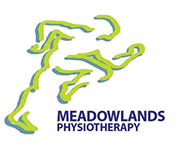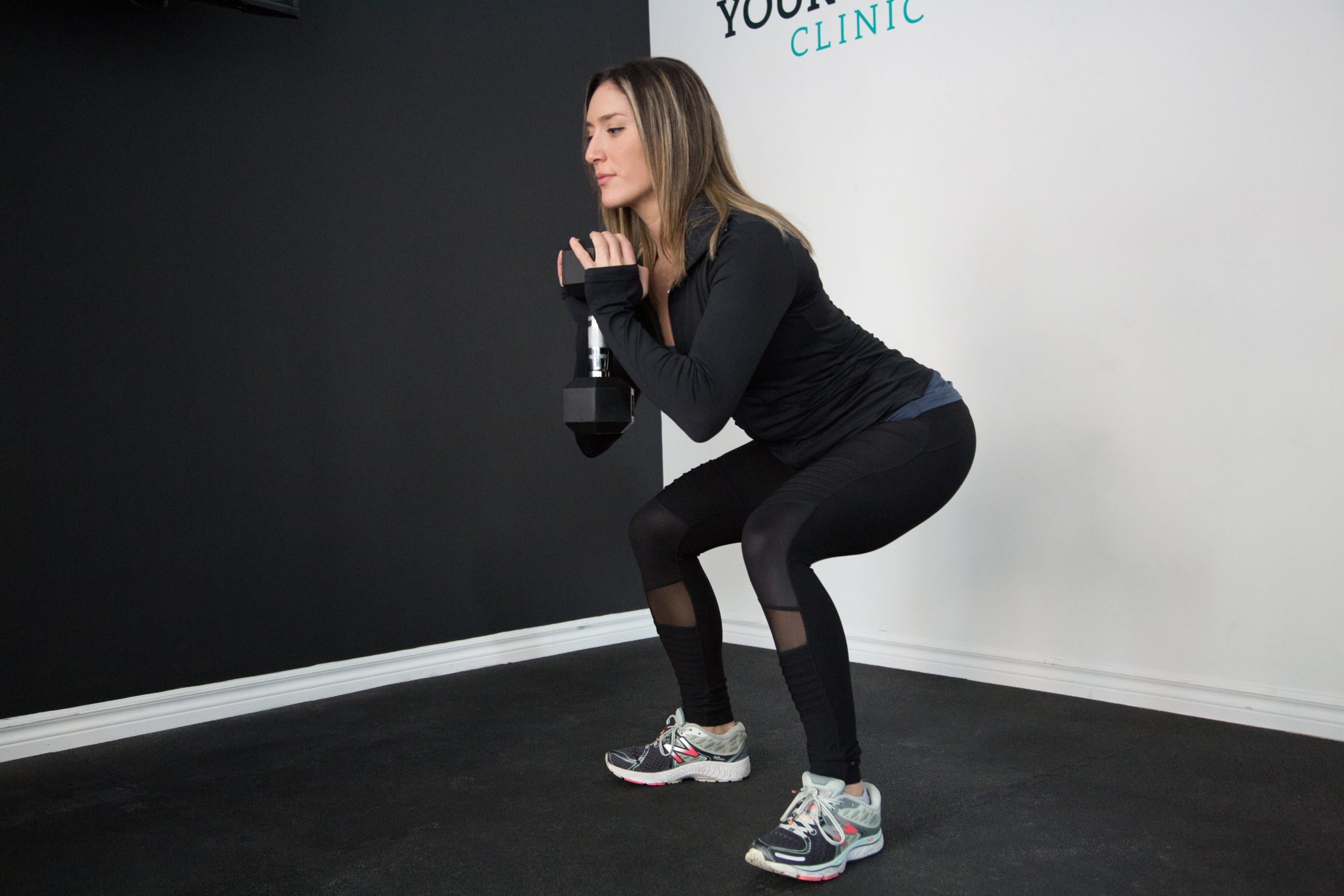How to Strengthen Your Pelvic Floor
Your pelvic floor is made up of a group of muscles responsible for supporting your pelvic organs, including your bowel, bladder and, particularly for women, the uterus.
When performing at its full potential, this hardworking muscle group will hold everything within your pelvic walls in their proper place, as well as work in conjunction with your abdominal and back muscles to stabilize and support the spine. However, when the muscles of your pelvic floor lose tone and strength, which is the case for millions of men and women in Canada, you may experience a range of issues including incontinence and sexual dysfunction.
There are many reasons why the muscles of your pelvic floor weaken overtime, including:
- Pregnancy and childbirth
- Surgery (i.e., surgery for prostate cancer in men)
- Straining on the toilet
- Chronic coughing
- Heavy lifting
- High impact exercise
- Age
- Obesity
Luckily, the muscles of your pelvic floor are just like any other muscle group that can be strengthened over time with proper exercise and care. According to Medical News Today, pelvic floor exercises are helpful for both women and men, offering benefits such as lower risk of vaginal and rectal prolapse, improved recovery after childbirth or prostate surgery and better bowel and bladder control.
The following exercises can be performed at home or with the guidance of a physiotherapist who specializes in pelvic floor health:
Kegels
Kegel exercises can be performed by men or women and focus on tightening and holding the muscles that control urine flow.
To practice Kegels, first you need to identify your pelvic floor muscles. Sit in a comfortable position, close your eyes and visualize the muscles that can stop urine flow. Tighten these muscles as much as possible (Mayo Clinic suggests imagining that you are sitting on a marble and tighten your pelvic muscles as if you’re lifting the marble). Hold this position for three to five seconds. It should feel as though the muscles are lifting up as a result of the squeezing. Release the muscles and rest for several seconds. Repeat up to 10 times.
Squeeze and Release
Similar to Kegels, this exercise also as engages the pelvic floor by tightening your muscles as much as possible.
To perform this exercise, you need to sit in a comfortable position and identify your pelvic floor muscles. Squeeze the muscles as quickly as possible and release without attempting to sustain a contraction. Rest for three to five seconds and then repeat the movement 10–20 times. Practice this exercise again twice later in the day.
Bridge
Bridge exercises strengthen core and buttocks muscles, which in turn strengthen and support the pelvic floor.
To practice a bridge, get into proper position by lying down on your back, bending your knees and placing your feet flat on the floor hip-width apart. Let your arms fall to the sides with palms facing downward. Contract your buttocks and pelvic floor to lift your butt several inches off the ground. Hold this position for three to eight seconds. Relax your muscles to lower yourself back to the ground. Repeat up to 10 times and practice this exercise again twice later in the day.
Squats
Similar to bridge exercises, squats also strengthen major muscle groups that surround and support the pelvis. Narrow and shallow squats, rather than wide-legged or deep squats, engage the pelvic floor and allow you to engage the proper muscles.
To practice squats, stand with the feet hip-width apart, keeping them flat on the floor. Bend at the knees to bring your butt toward the floor, going only as low as you are comfortable. Keep your back straight and lean slightly forward, with your knees in line with your toes. Focus on tightening your butt and pelvic floor while returning to a standing position. Repeat this exercise to do a total of 10 repetitions.
At Meadowlands Physiotherapy, we have skilled physiotherapists who specialize in addressing pain and other issues related to pelvic health dysfunction. We can guide you through these and other pelvic floor-targeting exercises, as well as other therapies, to improve your muscle strength. Contact us today to restore your pelvic floor strength and reclaim your health!

